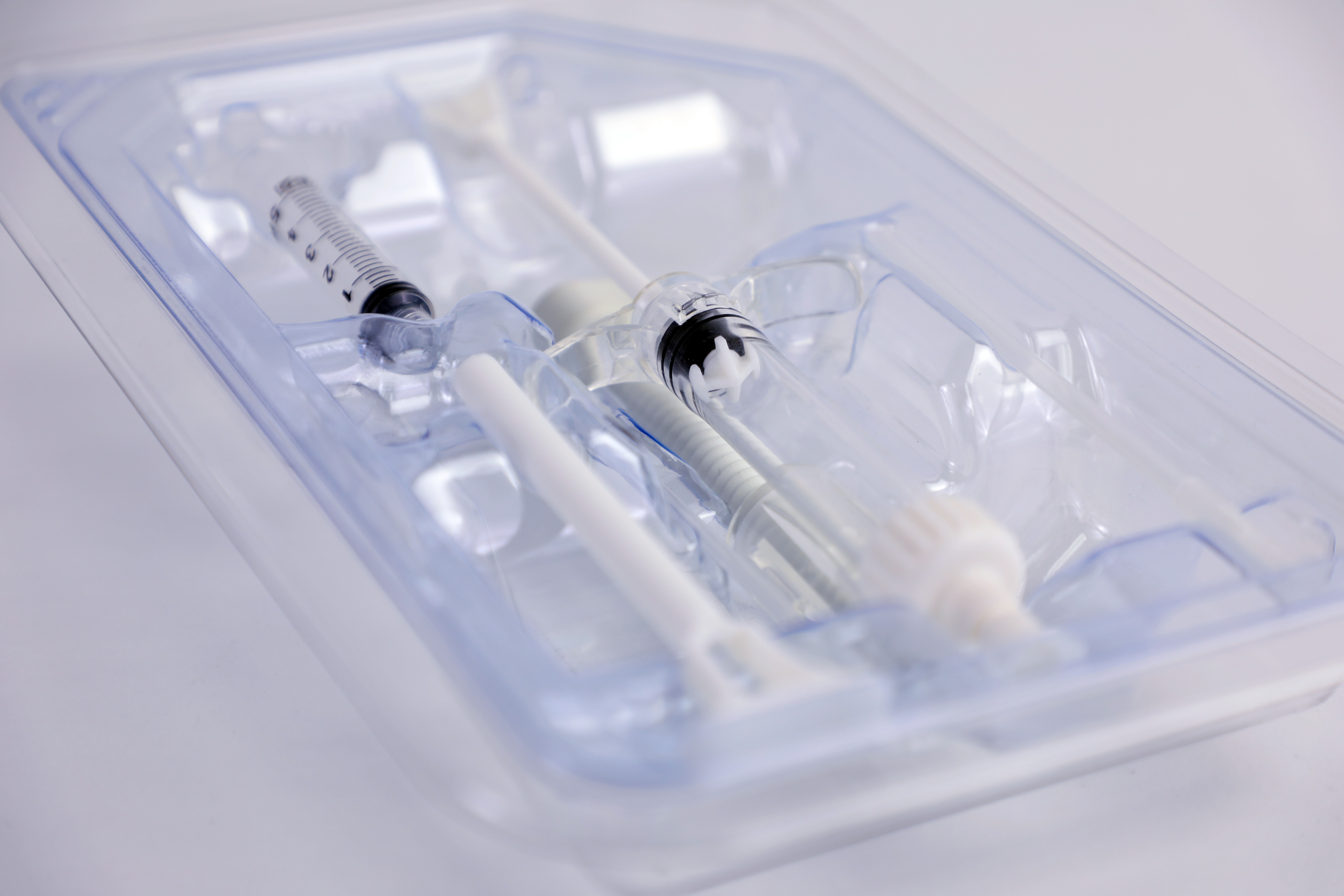Deciding which packaging to use for a specific project can be challenging. Several variables need to be considered when choosing a packaging type.
These variables include:
- Cost
- Weight
- Size of contents
- Durability requirements
- Sterilization or barrier requirements
- Branding
- Customizations
Luckily, there are only two packaging classifications to choose from: flexible and rigid.
While Brentwood specializes in rigid thermoformed plastic packaging, we understand that this is not always the best fit for every application. Keep reading to learn the difference between flexible and rigid packaging and the advantages/disadvantages of each option.
Flexible Packaging
Flexible packaging is defined as “capable of bending easily without breaking.” As the name suggests, flexible packaging can be bent, folded, and manipulated.
This type of packaging is widely used, but it’s primarily utilized for food, tobacco, household detergents, cosmetics, pharmaceuticals, and medical devices. Flexible packaging can be made of paper, foils, plastic, paperboard coated with wax, and other malleable materials.
Flexible packaging has some advantages over rigid packaging. Specifically, this packaging type is lighter and costs less to transport and store. Flexible packaging is typically more compact, making it great for smaller product applications.
On the other hand, flexible packaging lacks the structural integrity and protection of rigid packaging. Also, it is typically harder to recycle flexible packaging through traditional methods.
Rigid Packaging
Rigid packaging is defined as “unable to bend or be forced out of shape; not flexible.” This type of packaging is used for goods that require a high level of protection.
For example, fragile food products, beverages, medical devices, and other consumer or industrial goods use rigid packaging. Rigid packaging is typically made from a variety of materials. Metal, glass, cardboard, and hard plastics such as Polypropylene (PP), high-density polyethylene (HDPE), and Polyethylene (PET) are all commonly used.
Rigid packaging is stronger and more durable than flexible packaging. This packaging is best for products, especially in the medical device industry, that requires critical protection from shipment up until use.
In addition to its durability, rigid packaging is also highly versatile and allows for an advanced level of customization. Thermoformed and injection-molded rigid packaging can be designed with features, such as snap fits and retainers, that are not achievable with flexible packaging.
Which Packaging Option is Better?
Either of these packaging is not inherently better than the other. Choosing the best packaging option comes down to what’s best for your unique requirements.
Brentwood Medical specializes in rigid plastic packaging for medical devices, dental, electronic, and work-in-process trays. Our designers are experts at helping our customers choose the best packaging for their applications.
Contact one of our design experts today for further help and expertise in choosing the best packaging for your application.


0 Comments